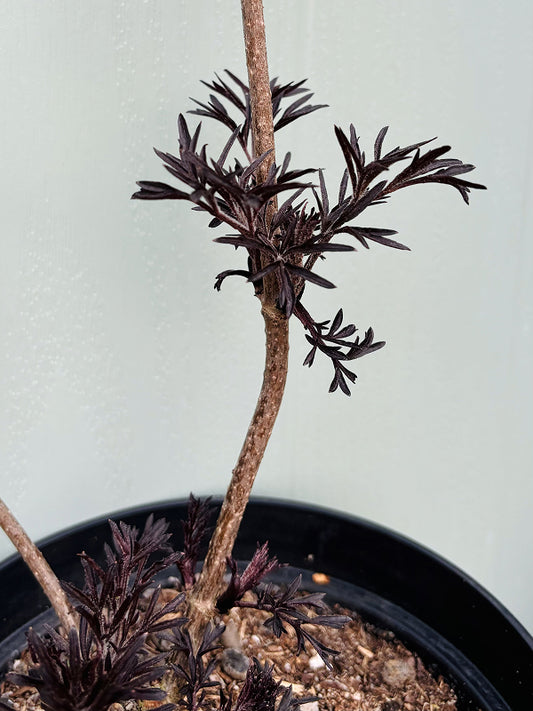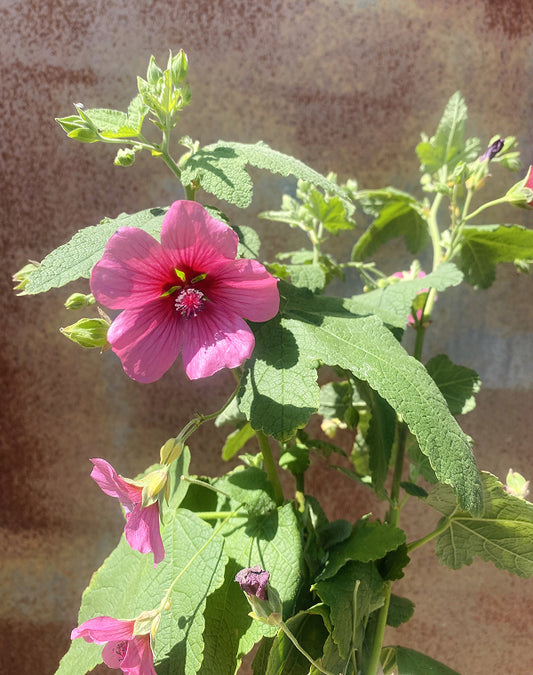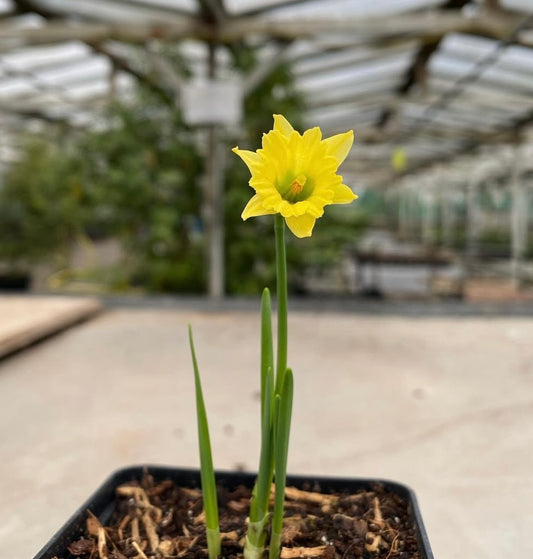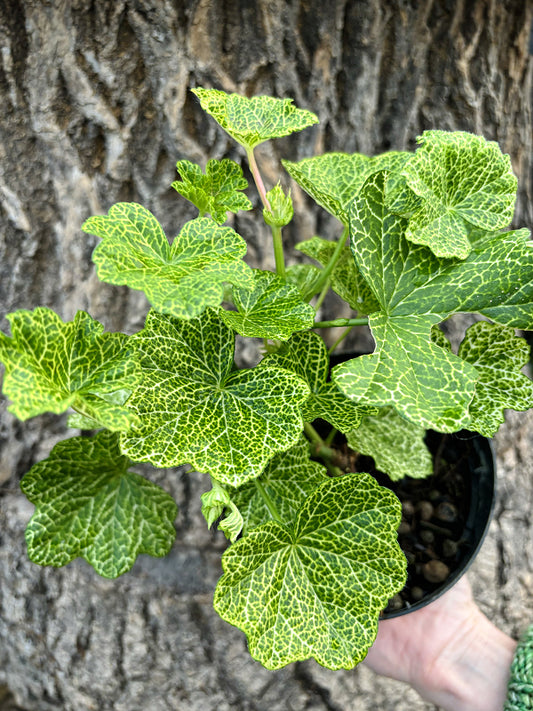Collection: Sambucus
As the National Collection Holder of Sambucus and a featured guest on the BBC, Cotswold Garden Flowers is dedicated to growing, preserving and sharing the very best elder plants. From ornamental dark leaved cultivars to fragrant pink blushed flowers and fast growing statement plants, each variety has been carefully selected for garden impact, wildlife benefits and even culinary use.
-
SAMBUCUS NIGRA 'LINEARIS'
Regular price £12.50Regular priceUnit price / per -
SAMBUCUS NIGRA 'BLACK LACE'
Regular price £12.50Regular priceUnit price / per -
SAMBUCUS 'MILK CHOCOLATE'
Regular price £10.50Regular priceUnit price / per -
SAMBUCUS 'CHOCOLATE MARZIPAN'
Regular price £13.50Regular priceUnit price / per -
SAMBUCUS NIGRA 'THUNDERCLOUD'
Regular price £14.50Regular priceUnit price / per
FAQs
What is Sambucus?
Sambucus, commonly known as elder or elderberry, is a genus of deciduous shrubs and small trees valued for their ornamental foliage, fragrant flowers, and dark berries.
How do I grow Sambucus in my UK garden?
Sambucus is an easy-to-grow shrub that thrives in most UK gardens. Here’s how to give it the best conditions:
Sunlight: Prefers full sun to partial shade. Dark-leaved varieties, such as Sambucus nigra 'Black Lace', develop richer colours in more sun.
Soil: Grows well in moist, well-drained soil but is adaptable to a wide range of conditions, including clay and sandy soils.
Watering: Requires regular watering while establishing. Mature plants are drought-tolerant but appreciate extra moisture in dry spells.
Pruning: Best pruned in late winter or early spring. Hard pruning can rejuvenate older plants and encourage fresh, vigorous growth.
Sunlight: Prefers full sun to partial shade. Dark-leaved varieties, such as Sambucus nigra 'Black Lace', develop richer colours in more sun.
Soil: Grows well in moist, well-drained soil but is adaptable to a wide range of conditions, including clay and sandy soils.
Watering: Requires regular watering while establishing. Mature plants are drought-tolerant but appreciate extra moisture in dry spells.
Pruning: Best pruned in late winter or early spring. Hard pruning can rejuvenate older plants and encourage fresh, vigorous growth.
Are Sambucus plants edible?
Yes, the flowers and berries of Sambucus are edible and widely used in food and drink.
Elderflowers are often used to make cordials, syrups & teas. They have a delicate, floral flavour and can also be dipped in batter and fried as elderflower fritters.
Elderberries are packed with antioxidants and are traditionally used in jams, jellies, wines & syrups. However, they must always be cooked before eating, as raw elderberries contain compounds that can cause stomach upset.
Not all Sambucus species are edible, so it’s important to identify the variety before harvesting.
Elderflowers are often used to make cordials, syrups & teas. They have a delicate, floral flavour and can also be dipped in batter and fried as elderflower fritters.
Elderberries are packed with antioxidants and are traditionally used in jams, jellies, wines & syrups. However, they must always be cooked before eating, as raw elderberries contain compounds that can cause stomach upset.
Not all Sambucus species are edible, so it’s important to identify the variety before harvesting.
What's trending?
Explore these 2025 bestsellers - proven favourites among UK gardeners, these plants have earned their place at the top.
-
ANISODONTEA 'EL ROYO'
Regular price From £9.00Regular priceUnit price / per -
NARCISSUS 'CEDRIC MORRIS'
Regular price £28.00Regular priceUnit price / per -
BESCHORNERIA SEPTENTRIONALIS
Regular price From £9.00Regular priceUnit price / per -
PELARGONIUM 'CROCODILE'
Regular price From £7.95Regular priceUnit price / per
1
/
of
4













